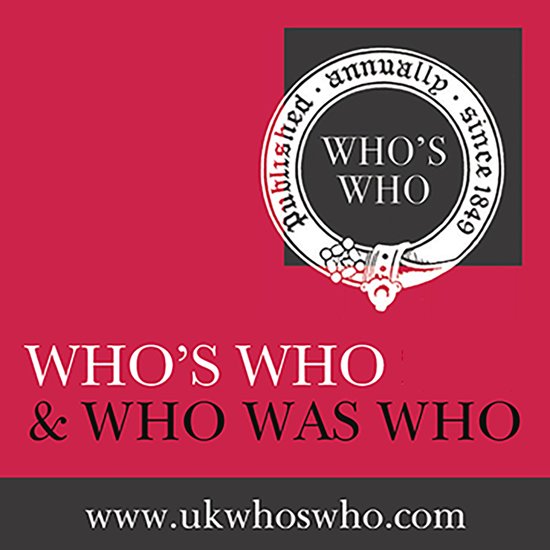On 2 June 1953 Queen Elizabeth II took her coronation oath in a ceremony at Westminster Abbey. Since her accession on 6 February 1952 aged 25, following the death of her father King George VI, the day had been planned in great detail. Our Who’s Who editors take a look at the day, and test your knowledge of the people who made it a historical event to remember.
The Earl Marshal, the 16th Duke of Norfolk, was responsible for organising the Coronation and the ceremony was directed by the Garter Principal King of Arms, Hon. Sir George Bellew. A procession of 250 representatives from Crown, Church and State entered the Abbey, joining over 8000 guests, including prime ministers and heads of state from around the Commonwealth.
The Queen’s white satin dress, exquisitely embroidered and encrusted with jewels, was designed by Sir Norman Hartnell. The Coronation service began at 11.15 a.m. and lasted almost three hours. Music included Sir William Walton’s ‘Orb and Sceptre’ Coronation March. The Archbishop of Canterbury, Geoffrey Fisher (later Baron Fisher of Lambeth), concluded the ceremony by placing St Edward’s Crown on the Queen’s head.

Three million people lined the streets of London to catch a glimpse of the new monarch in the golden state coach. During the two-hour procession from the Abbey to Buckingham Palace Queen Salote of Tonga won the hearts of the crowds by refusing to raise the roof of her carriage despite the heavy rainfall.
An estimated 27 million people in Britain watched the ceremony on television and 11 million listened on the radio. The BBC’s televising of the Coronation, produced and directed by Peter Dimmock, was a breakthrough in the history of outside broadcasting. The commentator was Richard Dimbleby.
After an appearance by the Queen on the balcony of Buckingham Palace, guests were treated to Coronation Chicken, a dish newly created by Constance Spry who also advised on floral arrangements. Official photographs were taken by Sir Cecil Beaton, and the artist Feliks Topolski was commissioned to produce a 30 metre frieze as a permanent record of the occasion. Terence Cuneo created a painting of the Coronation ceremony, and James Gunn painted a state portrait of the Queen in Coronation robes.
The 60th anniversary of the Queen’s Coronation will be marked with a service of celebration at Westminster Abbey on 4 June 2013. The Bishop of London will give a public lecture, Vivat Regina, looking at the historical significance of the Coronation, and a photographic exhibition at the Abbey’s Chapter House has opened in partnership with Mark Getty’s Getty Images. Buckingham Palace will hold a four-day Coronation Festival in July, bringing together over 200 companies who hold Royal Warrants of Appointment.
[slickquiz id=22]Who’s Who is the essential directory of the noteworthy and influential in every area of public life, published worldwide, and written by the entrants themselves. Who’s Who 2013 includes autobiographical information on over 34,000 influential people from all walks of life. The 165th edition includes a foreword by Arianna Huffington on ways technology is rapidly transforming the media. Please note that the Who’s Who articles in this blog post will be freely accessible until the 20th June 2013, after which you can access through a subscription. You can follow Who’s Who on Twitter @ukwhoswho.
Subscribe to the OUPblog via email or RSS.
Subscribe to only British history articles on the OUPblog via email or RSS.
Image credit: Photo of Queen Elizabeth II in Royal Dress. February 1953, Associated Press. Public domain via Wikimedia Commons.



Recent Comments
There are currently no comments.